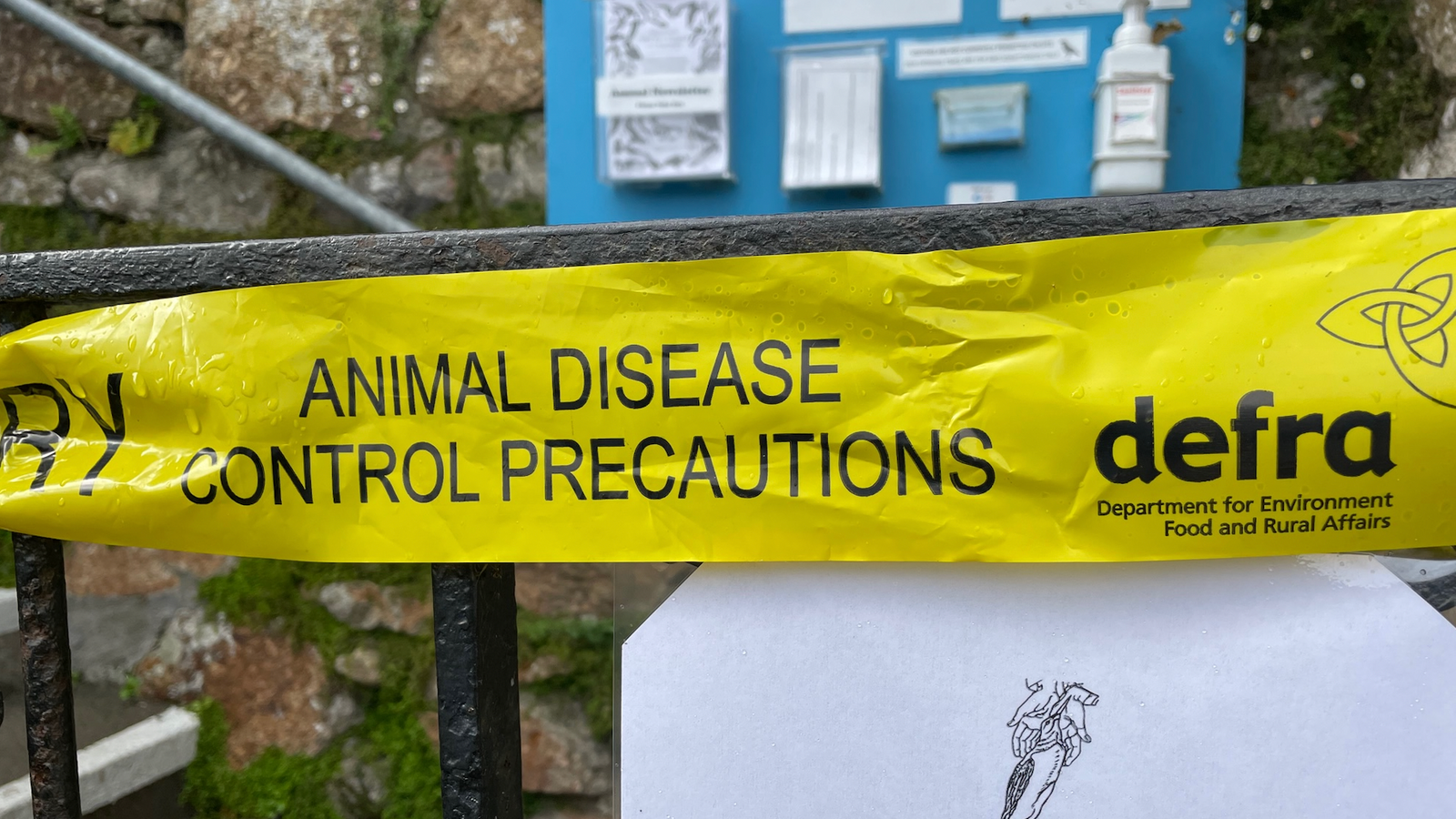It’s the equivalent of lockdown for anything with feathers.
As of Monday 7 November, all kept birds – whether they are large free-range flocks or hobby racing pigeons – will have to be kept indoors or in covered outdoor cages.
Biosecurity measures like disinfecting vehicles, equipment and boots are required as well as bans on the movement of live birds.
Extreme measures for an extreme situation.
Europe is in the grips of a bird flu epidemic caused by the highly pathogenic H5N1 strain of the virus.
It is highly infectious and causes rapid illness and death in commercial flocks of chickens ducks, turkeys and geese.
England has had occasional outbreaks of H5N1 since the virus first began spreading from China where it originated in 1996.
All poultry and captive birds in England ordered to be kept indoors as bird flu measures stepped up
Bird flu outbreak: Prevention zone declared across whole of Great Britain
The virus also caused sporadic outbreaks in wild birds, particularly wildfowl like ducks geese and swans. Culling of infected flocks and curbs on the movement of birds kept outbreaks limited in scope.
But this year it has been different.
H5N1 spent the summer causing continued outbreaks in wild birds with mass die-offs in seabirds and migratory wildfowl across much of the northern hemisphere.
It is believed the hundreds of outbreaks on poultry farms this year have been linked to spread from wild birds into farms.
Please use Chrome browser for a more accessible video player
What’s changed?
Researchers studying the genetics of the virus believe it has adapted in some way, allowing it to be as well-suited to infecting wild birds as it is farmed poultry.
If that situation continues, the concern is bird flu becomes endemic in Europe, if it isn’t already. As well as ongoing outbreaks on farms, migratory birds arriving in the UK this autumn are dying in unprecedented numbers infected with H5N1.
A current frustration for conservationists is the impression that wild birds are being “blamed” for the current situation.
However there is good evidence crowded, intensively farmed poultry flocks gave bird flu the opportunity to evolve into highly infectious strains that are now decimating wildlife.
Whichever is the case, something will have to be done to break the vicious cycle of infection between wild birds and domestic ones.
The best tool would be bird flu jabs for farmed poultry. Several have been trialled on birds, and more waiting to be tested.
However, current trade rules prohibit the use of bird flu vaccines. The concern being they could allow certain exporters to be more lax in biosecurity measures leading to the spread of other diseases.
The current epidemic may force a rethink.






















